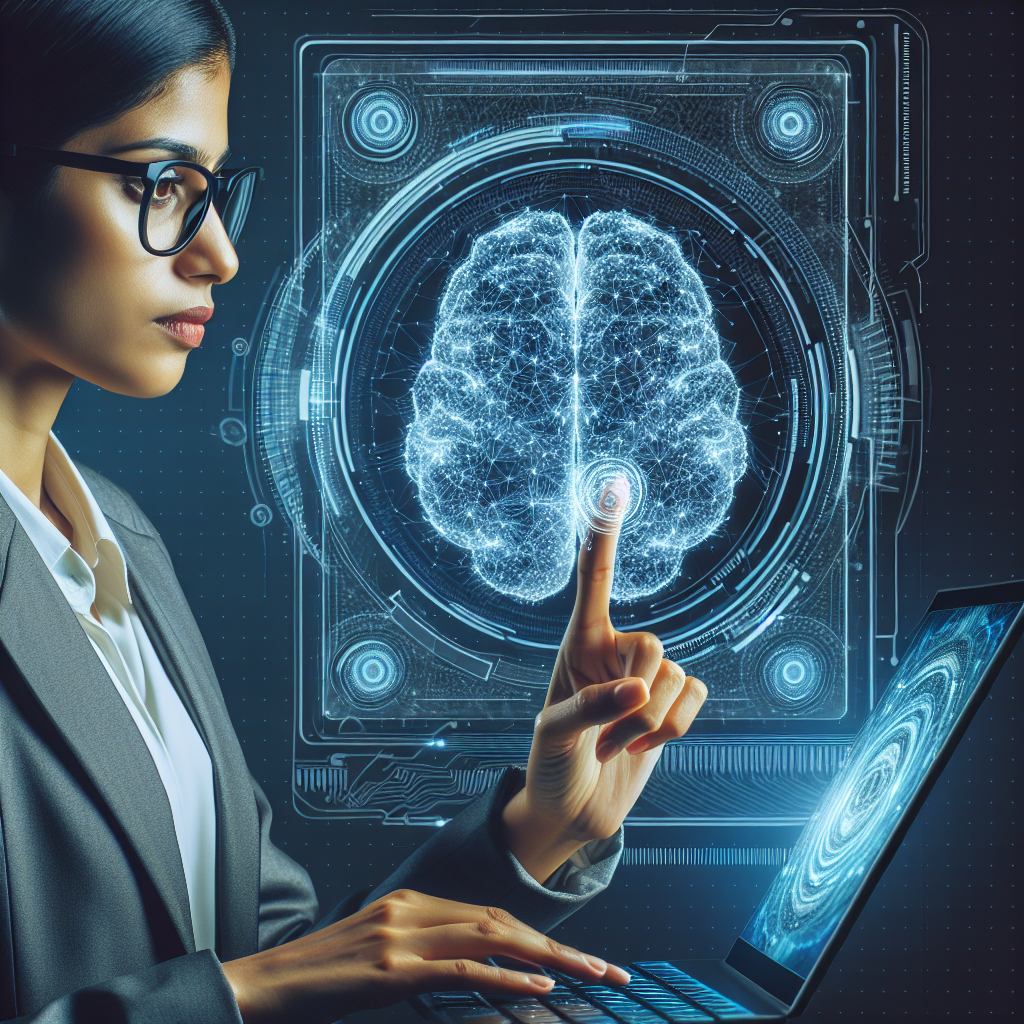Using AI to Identify Learning Disabilities
Learning disabilities can present significant challenges for individuals in their academic, professional, and personal lives. These disabilities can impact a person’s ability to process information, read, write, and perform mathematical calculations. Identifying learning disabilities early on is crucial to providing appropriate interventions and support to help individuals succeed. In recent years, artificial intelligence (AI) has emerged as a powerful tool in identifying learning disabilities, offering new possibilities for accurate and timely diagnosis.
AI technologies have the potential to revolutionize the way learning disabilities are identified and diagnosed. Through the use of machine learning algorithms, AI systems can analyze large amounts of data to identify patterns and trends that may indicate the presence of a learning disability. These systems can analyze a variety of data sources, including academic performance, behavioral assessments, and cognitive testing results, to provide a comprehensive assessment of an individual’s learning abilities.
One of the key advantages of using AI to identify learning disabilities is its ability to provide objective and consistent assessments. Traditional methods of diagnosing learning disabilities, such as standardized tests and clinical assessments, can be subjective and prone to human error. AI systems, on the other hand, can provide a more reliable and accurate assessment by analyzing data in a systematic and unbiased manner. This can help ensure that individuals receive timely and appropriate interventions to support their learning needs.
AI technologies can also help identify learning disabilities in a more efficient and cost-effective manner. Traditional methods of diagnosing learning disabilities can be time-consuming and require specialized expertise. AI systems, on the other hand, can quickly analyze large amounts of data to provide a timely diagnosis. This can help reduce wait times for individuals seeking a diagnosis and ensure that they receive the support they need as soon as possible. Additionally, AI systems can help reduce the costs associated with diagnosing learning disabilities, making it more accessible to individuals from diverse socioeconomic backgrounds.
One of the key challenges in using AI to identify learning disabilities is ensuring the accuracy and reliability of the assessments. AI systems rely on data to make predictions and recommendations, and the quality of the data can significantly impact the accuracy of the assessments. It is essential to ensure that the data used by AI systems is accurate, up-to-date, and representative of the individual’s learning abilities. Additionally, AI systems must be regularly updated and refined to account for changes in the individual’s learning needs and abilities.
Another challenge in using AI to identify learning disabilities is ensuring the privacy and security of the data used by these systems. AI systems rely on large amounts of data to make accurate assessments, and this data may include sensitive information about an individual’s academic performance, cognitive abilities, and medical history. It is essential to implement robust data protection measures to ensure that this information is kept secure and confidential. Additionally, individuals must be informed about how their data is being used and have the option to opt out of having their data analyzed by AI systems.
Despite these challenges, the potential benefits of using AI to identify learning disabilities are significant. By leveraging the power of AI technologies, we can improve the accuracy, efficiency, and accessibility of diagnosing learning disabilities, ultimately helping individuals receive the support they need to succeed in their academic and professional endeavors.
FAQs
Q: How accurate are AI systems in identifying learning disabilities?
A: AI systems can provide accurate assessments of learning disabilities when they are trained on high-quality data and regularly updated and refined to account for changes in the individual’s learning needs.
Q: How can individuals access AI systems for identifying learning disabilities?
A: Individuals can access AI systems for identifying learning disabilities through educational institutions, healthcare providers, and online platforms that offer diagnostic services.
Q: Are AI systems for identifying learning disabilities accessible to individuals from diverse socioeconomic backgrounds?
A: AI systems can help reduce the costs associated with diagnosing learning disabilities, making them more accessible to individuals from diverse socioeconomic backgrounds.
Q: What measures are in place to ensure the privacy and security of data used by AI systems?
A: Robust data protection measures are implemented to ensure the privacy and security of data used by AI systems, and individuals are informed about how their data is being used and have the option to opt out of having their data analyzed.

